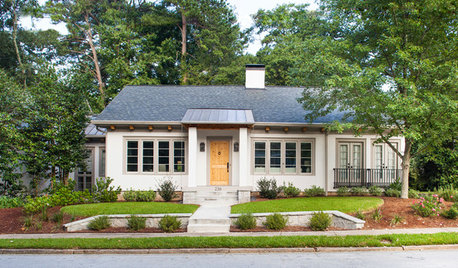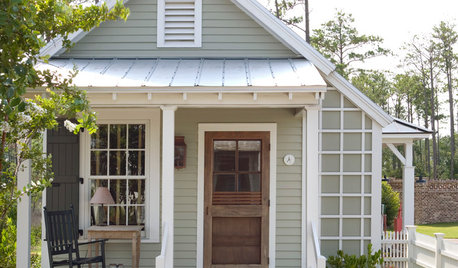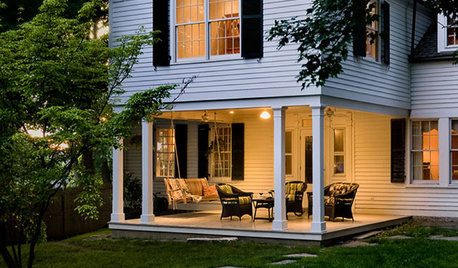Foreclosure, neglected, and bumpy yard
SLTKota
10 years ago
Related Stories

BEFORE AND AFTERSHouzz Tour: A Georgia Foreclosure Gets a Major Overhaul
Gutting and redesigning turn a mishmash 1925 home into a unified haven with better flow
Full Story
MOVING5 Risks in Buying a Short-Sale Home — and How to Handle Them
Don’t let the lure of a great deal blind you to the hidden costs and issues in snagging a short-sale property
Full Story
LIFEHow to Get Along With the Neighbors — and Live Happier at Home
Everyone wins when neighbors treat one another with kindness, consideration and respect
Full Story
GARDENING AND LANDSCAPINGGrow a Lush Privacy Screen
No need to wait forever for patio privacy the green way. These 10 ideas will get your screening up and running in no time
Full Story
LIFETrue Confessions of a House Stalker
Letting go when a new owner dares to change a beloved house's look can be downright difficult. Has this ever happened to you?
Full Story
SELLING YOUR HOUSE10 Low-Cost Tweaks to Help Your Home Sell
Put these inexpensive but invaluable fixes on your to-do list before you put your home on the market
Full Story
MOVINGHow to Avoid Paying Too Much for a House
Use the power of comps to gauge a home’s affordability and submit the right bid
Full Story
LIFE10 Reasons to Be Happy You’re a Renter
Homeownership has many benefits, but there are upsides to not owning a home too
Full Story
DECORATING GUIDES7 Tips to Sell Your Home Faster to a Younger Buyer
Draw today's home buyers by appealing to their tastes, with these guidelines from an expert decorator
Full Story
SELLING YOUR HOUSEThe Latest Info on Renovating Your Home to Sell
Pro advice about where to put your remodeling dollars for success in selling your home
Full Story








SLTKotaOriginal Author
SLTKotaOriginal Author
Related Professionals
Ashland Landscape Architects & Landscape Designers · Parole Landscape Architects & Landscape Designers · Hartford Landscape Contractors · Westwood Landscape Contractors · Brookfield Landscape Contractors · Danvers Landscape Contractors · Eustis Landscape Contractors · Fort Mill Landscape Contractors · Fort Worth Landscape Contractors · Haverhill Landscape Contractors · Mesa Landscape Contractors · Pompano Beach Landscape Contractors · Glenn Heights Swimming Pool Builders · Mount Pleasant Swimming Pool Builders · West Palm Beach Swimming Pool Buildersdchall_san_antonio
SLTKotaOriginal Author
dchall_san_antonio
SLTKotaOriginal Author
dchall_san_antonio
SLTKotaOriginal Author
krnuttle
dchall_san_antonio
SLTKotaOriginal Author
dchall_san_antonio
Toronado3800 Zone 6 St Louis
SLTKotaOriginal Author
dchall_san_antonio